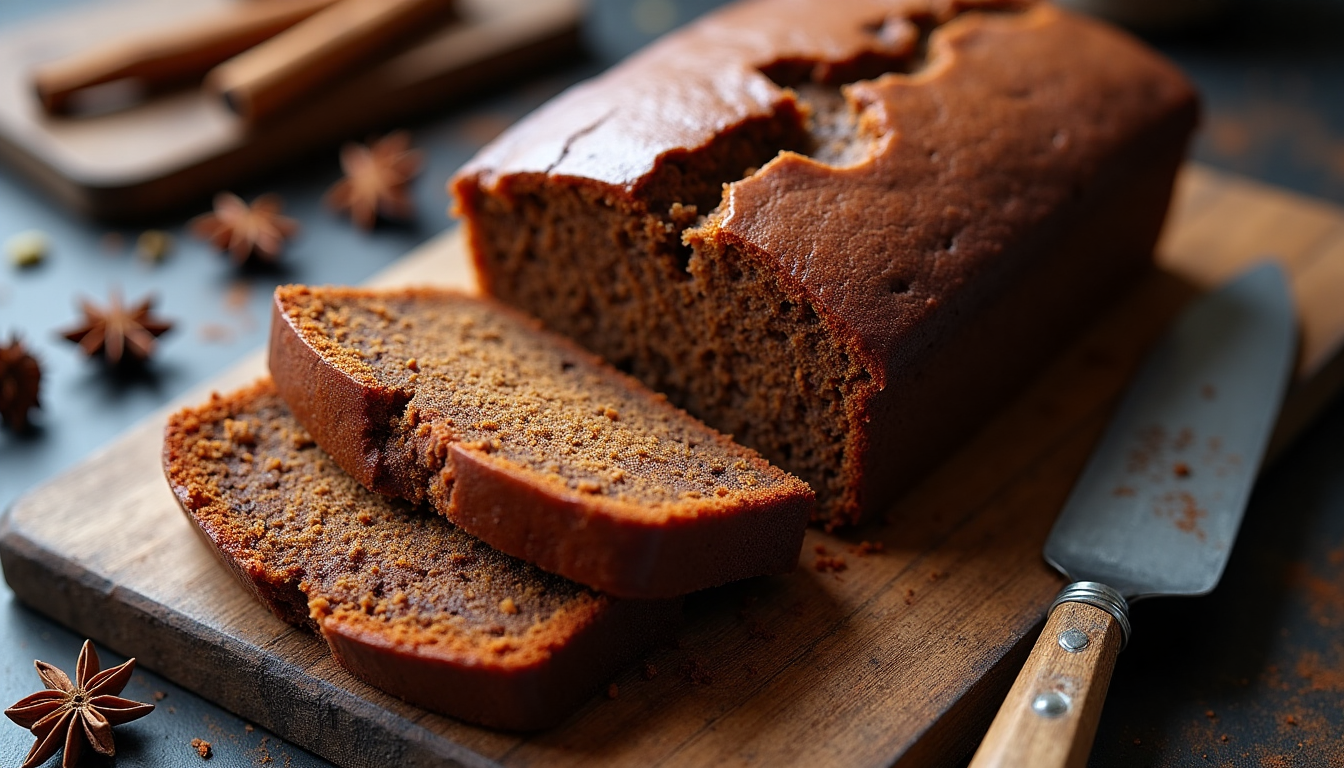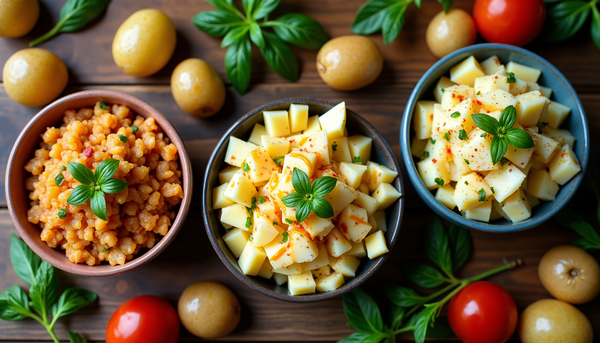Why Your Gingerbread Cake Needs a Science Lesson

There's something almost rebellious about making gingerbread cake in March, don't you think? Like wearing Christmas socks to a summer barbecue or putting up twinkle lights just because Tuesday felt too ordinary. But here's the thing I've learned after way too many kitchen experiments—good cake doesn't follow the calendar.
I stumbled into this realization last week when I was craving something warm and spiced but absolutely dreading the thought of another banana bread (sorry, bananas, we're on a break). That's when I remembered this gingerbread cake recipe I'd bookmarked months ago, the one that promised to be "incredibly moist and fluffy" without requiring the architectural precision of a layer cake.
The Beautiful Chemistry of Wet Batter
Here's where it gets interesting, and where most people panic: this batter is wet. Like, concerningly wet. The first time I made it, I stared at the bowl thinking I'd somehow catastrophically messed up the measurements. A whole cup of boiling water? In cake batter? That seemed... aggressive.
But there's actual science happening here that's kind of beautiful. That boiling water isn't just adding moisture—it's blooming the spices, dissolving the molasses completely, and creating steam that helps the baking soda work its leavening magic. It's like watching chemistry happen in real time, except the end result is dessert.
The molasses is doing heavy lifting too. Unlike regular sugar, it's acidic, which means it plays perfectly with the baking soda. That reaction is what gives you the tender, almost cake-like crumb instead of something dense and heavy. Plus, molasses holds onto moisture like nobody's business, which is why this cake stays soft for days.
Ingredients That Actually Matter (And Why)
Let me be honest about the butter situation first—room temperature butter is non-negotiable here. I used to be that person who'd try to cheat with cold butter, thinking I could just mix longer. Spoiler alert: you can't. Cold butter doesn't cream properly with sugar, and you'll end up with a cake that's... fine. Just fine. And life's too short for fine cake.
The brown sugar isn't just there for sweetness either. It's got its own molasses content that amplifies that deep, complex flavor. I've tried this with white sugar (curiosity killed the cat, etc.), and it loses something essential—like watching a movie with the color drained out.
Here's my controversial take on the spices: the recipe calls for ground ginger, cinnamon, and cloves, but I've started adding a tiny pinch of cardamom because I'm apparently that person now. Sometimes I'll throw in some black pepper if I'm feeling particularly rebellious. The point is, these measurements are a starting point, not a commandment.
The Process (And Where Things Get Real)
The actual mixing is straightforward, but there are moments where you need to trust the process even when it looks wrong. When you add that boiling water and the batter transforms into something that looks more like soup than cake batter? That's supposed to happen. Embrace the chaos.
I've learned to grease my knife when cutting this cake—not because I'm fancy, but because this thing is genuinely sticky-moist and will cling to your blade like it's holding on for dear life. Small victories in the kitchen sometimes look like clean cake slices.
One thing the original recipe mentions but doesn't emphasize enough: this cake is phenomenal the next day. Something about resting overnight lets all those flavors meld together. It's like the difference between a first date and a comfortable relationship—both good, but one just feels more... complete.
Where I've Gone Rogue (And You Should Too)
The best part about understanding why a recipe works is knowing where you can safely experiment. I've tried adding orange zest (excellent), a shot of espresso instead of some of the water (dangerous but worth it), and once, memorably, a spoonful of tahini (don't ask, but it worked).
The cake is incredible on its own, but I'm partial to it with barely sweetened whipped cream and a drizzle of good maple syrup. Sometimes I'll make a quick cream cheese glaze with just powdered sugar, cream cheese, and whatever citrus juice is hanging around my fridge. The cake is forgiving enough to handle whatever topping situation you've got going on.
I've also discovered it makes excellent breakfast cake, especially when slightly warmed and paired with strong coffee. Is this nutritionally sound? Probably not. Do I care? Also probably not.
The Bigger Picture
There's something deeply satisfying about making cake that doesn't require perfect technique or Instagram-worthy decorating skills. This gingerbread cake is the antithesis of precious baking—it's forgiving, adaptable, and genuinely delicious even when your kitchen looks like a flour bomb went off.
I think that's what I love most about recipes like this one. They connect us to something larger than perfect measurements and pristine technique. When I smell ginger and cinnamon baking, I'm transported to my grandmother's kitchen, to holiday mornings, to the particular comfort that only comes from something sweet emerging from the oven.
But I'm also creating something new each time I make it. Maybe it's the extra cardamom, or the way I've learned to tell doneness by sound as much as sight, or how I've perfected my personal ratio of cake to whipped cream. These small variations become part of the recipe's story, part of my story.
Making It Your Own
If you're going to try this cake—and I really think you should—here's my actual advice: read the recipe through first, get your butter to room temperature (seriously), and don't panic about the wet batter. Trust the process, taste as you go, and adjust the spices to whatever makes your kitchen smell like home.
And if you end up making it in March like I did, or July, or any other completely inappropriate time for gingerbread? Even better. The best recipes transcend seasons, and the best cake is the one you actually want to eat, regardless of what the calendar says.
Sometimes the most rebellious thing you can do is make exactly what you're craving, when you're craving it, without waiting for permission from tradition or timing. Sometimes that looks like gingerbread cake on a random Tuesday, made with slightly too much cardamom and served with yesterday's coffee.
And honestly? That sounds pretty perfect to me.




